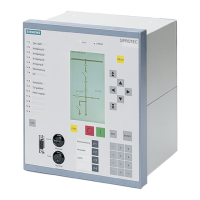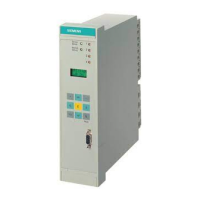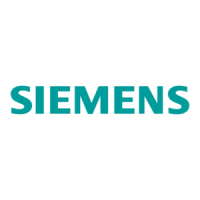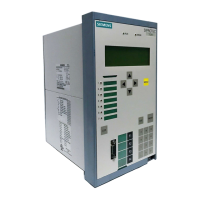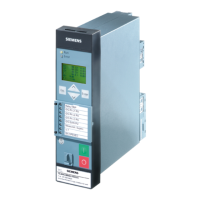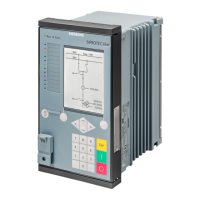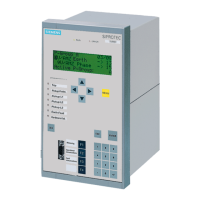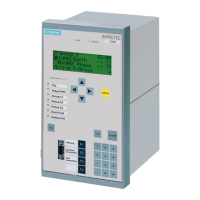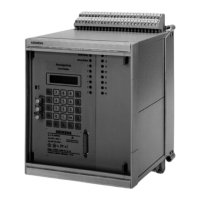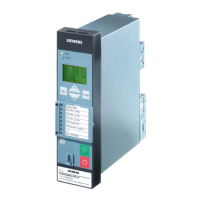Functions
6-86 7SJ62 Manual
C53000-G1140-C121-1
6.7 Negative Sequence Protection (46)
General Negative sequence protection detects unbalanced loads on the system. In addition, it
may be used to detect interruptions, faults, and polarity problems with current trans-
formers. It is particularly useful in detecting phase-to-ground, phase-to-phase, and
double phase-to-ground faults with magnitudes lower than the maximum load current.
Use with Motors The application of negative sequence protection to motors has a special significance.
The negative sequence currents associated with unbalanced loads create counter-ro-
tating fields in three-phase induction motors, which act on the rotor at double frequen-
cy. Eddy currents are induced at the rotor surface, and local overheating of the rotor
begins to take place. In addition, the threat of thermal overload exists when the motor
is supplied by unbalanced system voltages. Because the motor represents a small im-
pedance to negative sequence voltages, small voltage imbalances can lead to large
negative sequence currents.
6.7.1 Description of Negative Sequence Protection
6.7.1.1 Determination of Unbalanced Load
The negative sequence protection feature of the 7SJ62 relay uses filtering to dissect
the phase currents into their symmetrical components. If the negative sequence com-
ponent of the phase currents is at least 10% of the nominal device current, and all
phase currents are less than four (4) times the nominal device current, then the neg-
ative sequence current is fed into three time-overcurrent relay elements, two of which
are definite time (see Figure 6-40) and one of which contains an inverse time charac-
teristic (see Figure 6-41).
Refer to phase rotation via binary input section 6.1.1.1 and 6.16.
6.7.1.2 Definite Time Elements (46-1, 46-2)
The two definite time elements are designated 46-2 and 46-1. Each of the two definite
time elements will generate a message and initiate a time delay when picked up. Once
either time delay elapses, a trip signal is initiated. Figure 6-40 illustrates the definite
time characteristic when the 46-1 element is set with a more sensitive pickup value
while the 46-2 element is set with a shorter tripping delay.
www . ElectricalPartManuals . com
